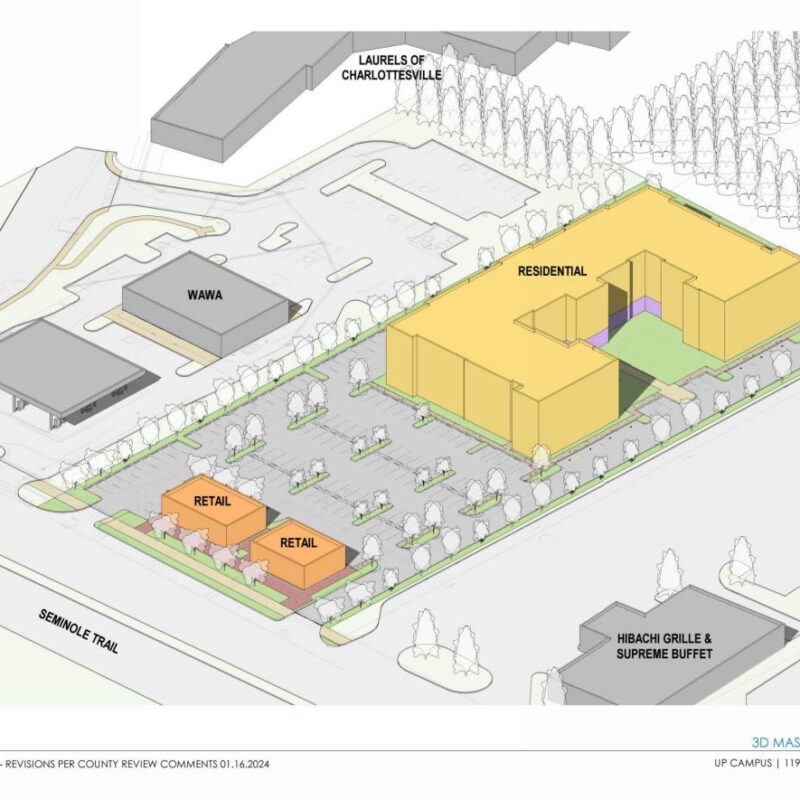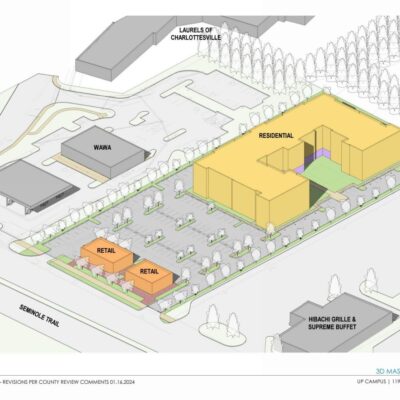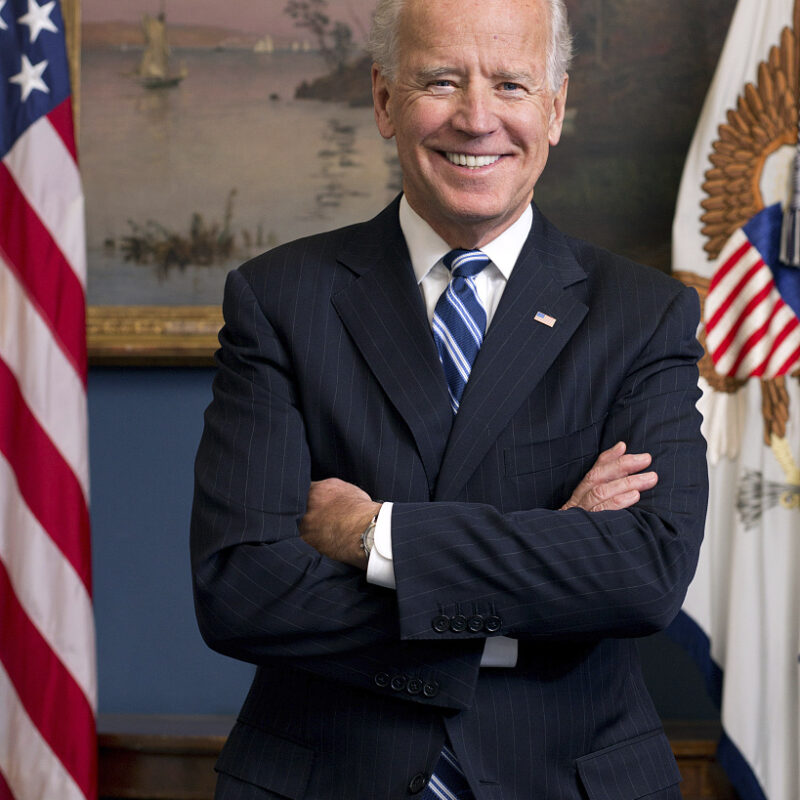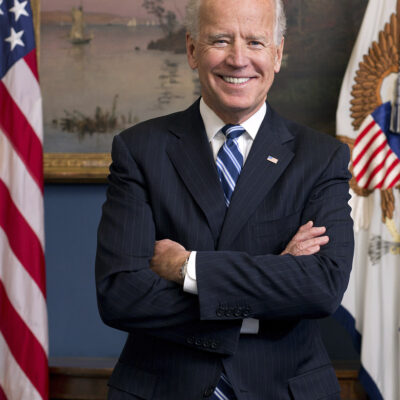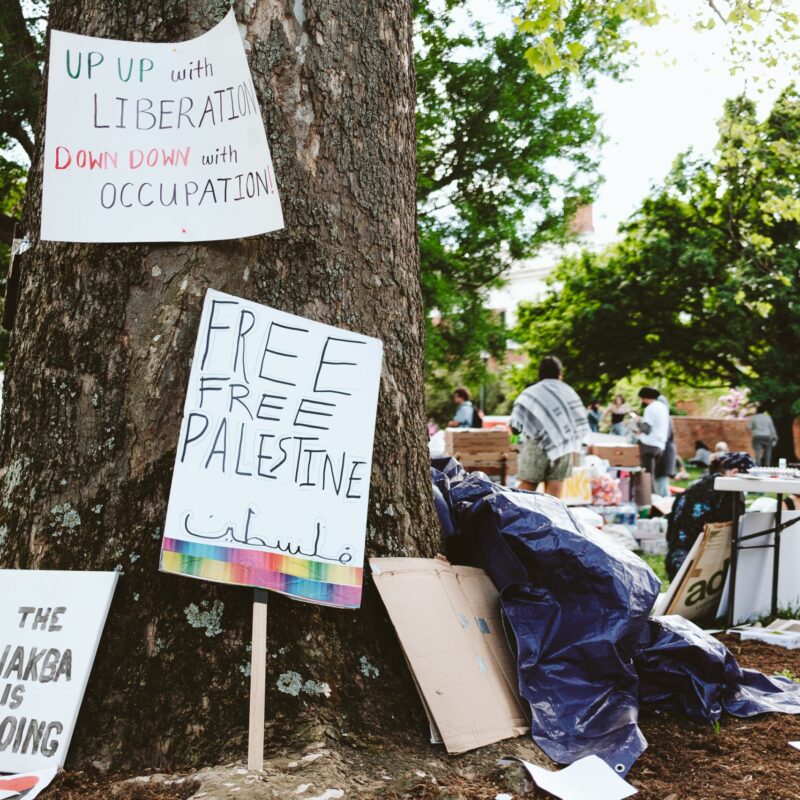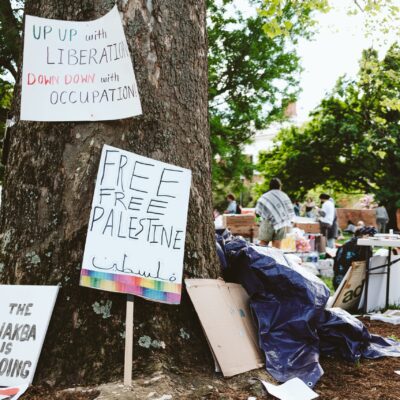On February 1, City Council voted to raise the new supported affordable housing goal to 15 percent over 15 years, up from 10 percent, or 1,933 affordable units—residences that receive some local, state or federal support.
|

City Council’s definitions of low-income and affordable housing may apply to more locals and residences than one expects. “I think what we are also looking at is folks who are teachers and nurses and firefighters and the kind of core of our community,” says councilor Kristin Szakos.
|
Melissa Celii, grants coordinator for the city’s Neighborhood Development Services, said that although 10 percent is “extremely commendable,” the need of affordable housing in the city “is still great.” And the work isn’t cheap. According to City staff, increasing the ratio to 15 percent in 15 years will cost a total of $26 million, roughly $1.7 million per year.
City Council defines affordable housing as any unit where the occupant’s income is below 80 percent of the area median income and where no more than 30 percent of that income is spent on housing costs—rent and utilities. Those who meet the city’s definition, however, might be surprised at what falls within budget. For a single person, that translates to no more than $40,800, with a monthly housing budget of $1,020.
For a family of four, 80 percent of the median annual income is $58,250, with a monthly housing budget of $1,456. Minus $100 for utilities, the family could spend up to $1,356 per month in rent. According to the Blue Ridge Apartment Council, a luxury two-bedroom apartment at
Walker Square with granite countertops, washer and dryer, and amenities including a gym and swimming pool goes for $1,200 a month.
For those who make 50 percent of the area’s median income—termed “very low income” by the city—things are dramatically different. A family of four at 50 percent of the median annual income could afford $810 a month, which could land them a unit in a duplex on
Cherry Avenue. Fifty percent of the area’s median income for one person is $25,500, with a housing budget of $637 per month.
“I definitely think we need to support the poorest residents and make sure that it’s possible to have housing,” said Councilor Kristin Szakos at the meeting. “But I think what we are also looking at is folks who are teachers and nurses and firefighters and the kind of core of our community being able to afford housing.”
|
WHAT’S ‘LOW-INCOME’?
Here are the definitions, by the numbers
Low annual income, one person: No more than $40,800
Monthly housing budget: $1,020
Low annual income, family of four: No more than $58,250
Monthly housing budget: $1,456
|
Although Council ultimately voted to up the goal by 5 percent, Councilors David Brown and Satyendra Huja spoke in favor of a more conservative goal.
“I think 12 percent is a good place to go at the moment,” Brown told Council. “I’d rather set a reasonable number and be able to surprise ourselves by upping it when we realize the budget is capable of that.”
Councilor Holly Edwards urged councilors to think of adding affordable units as an investment. “We invest in our roads…we invest in our fire station and housing is another area of our infrastructure that we should make an equally wise investment,” she said.
In other housing news, the Charlottesville Redevelopment and Housing Authority (CRHA) has moved away from its “troubled” status list, given by the Department of Housing and Urban Development for underperforming public housing agencies. Randy Bickers, CRHA’s executive director, told City Council that the agency scored 14 out of 30 possible points in 2008, with 18 points required for a passing grade. (Points are based on the state of buildings and housing units.) Bickers explained that a low score affected the eligibility of the agency to receive additional stimulus funds; in 2009, CRHA improved its performance and scored 21 points.

